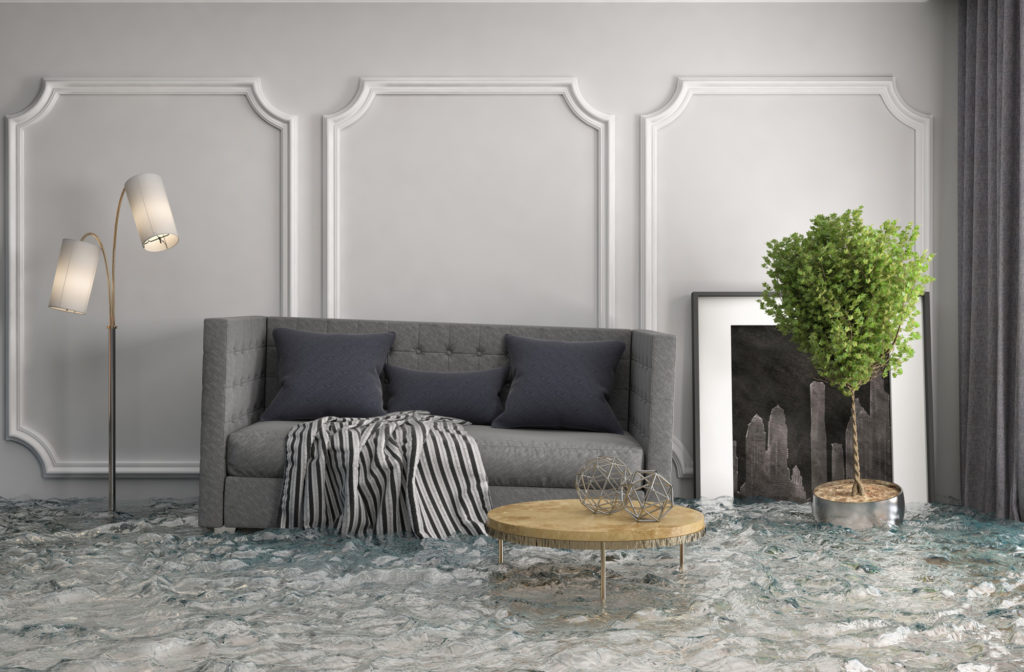How to Clean Up After a Flood
Floods are among the most common and the most dangerous types of natural disasters there are. In fact, no other type of natural disaster has caused as much death and destruction in America as floods have caused.
Every year floods cause over $40 billion in damages across the globe, according to an article published by National Geographic. In the United States alone, flooding is responsible for $8 billion in annual losses.
While you may not be able to prevent flooding, knowing how to clean up after a flood can help to minimize damages and lower costs for homeowners.
Read on to find out important tips for effective clean-up after a flood strikes your home!
How to Clean Up After a Flood: 5 Important Tips for Homeowners
Despite the common occurrence of flooding in America, many U.S. citizens are vastly unprepared to deal with a flood’s aftermath. A 2019 press release by Market Watch claims that 9 out of 10 Americans are not adequately insured against damages caused by flooding.
Insured or not, homeowners in flood-stricken areas often have their hands full after the flooding subsides. If you find yourself in such a position, these tips can help you get a handle on the damage that’s already occurred and make sure that it doesn’t continue to worsen as the clock ticks.
1. Safety First
Safety comes first. After a flood, make sure that there are no hazards in or around your home that could be dangerous or cause further damage to you, your home, or to others.
Check for exposed wires, contaminants, and leaks throughout your home and property. Always wear protective clothing, including gloves and safety goggles, when assessing your home and the surrounding area.
2. Know When to Call for Help
If you suspect danger, don’t be afraid to call for experts to assist you. For example, if you are concerned there may be a gas leak, call the gas company for help before going any further with your assessment. It’s always better to be safe than to be sorry.
3. Document Flood Damage
A pen and paper can be valuable tools for homeowners who experience flood damage. If you have flood insurance, documenting the damage will help to substantiate your claim. But, even if you don’t have a flood policy, keeping track of damages could help you to recoup your losses, especially if FEMA becomes involved.
Documentation can also help you negotiate lowered bill payments and might even excuse you from contracts with lenders or companies that lease household appliances and furnishings.
4. Don’t Attempt DIY Clean Up if Your Home Has Suffered Major Damage
If you notice major structural damage or sagging windows, floors, or ceilings, don’t attempt to do the clean-up job yourself. In these cases, you should call a professional water restoration company to perform the initial clean-up. Once the area is safe, you can proceed.
5. Remove Water and Debris
After you’re sure that your home is safe, you can begin removing water and debris. Depending on the amount of damage, this could take anywhere from several hours to several weeks (or longer!).
Get loose debris out of your way first, then remove as much water is possible. Buckets, fans, dehumidifiers, wet vacs, and moisture-absorbent cloths are some of the items that can help make the process easier for you.
Get More Helpful Tips for Homeowners
Whether you’re wondering how to clean up after a flood, or need help determining your home’s market value, we’re here for you.
Check out our blog to get helpful tips for homeowners (and professionals) on all things related to real estate!
